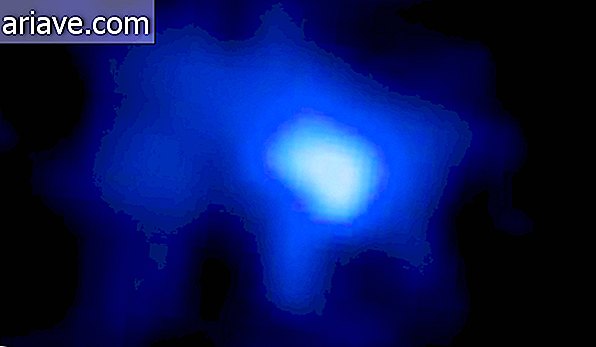Scientists can slow the speed of light in midair
Anyone who has studied a little physics probably knows that the speed of light in the air is just under 300, 000 kilometers per second, which is accepted by most as a constant. However, a group of researchers from Glasgow University and Heriot-Watt University have managed to challenge this concept and prove that a light particle (or photon) can be slowed down as it passes through the air.
Scientists do not know today that light passes at different speeds in different environments - researchers have been able to lower that value in media such as water and glass and even completely stop light for one minute inside crystals. However, it had not yet been determined whether it was possible to change this value in a gas-only environment, at least so far.
To achieve this, the group decided to analyze the light particles individually, as “taking measurements with one photon at a time is the cleanest way to conduct experiments, ” said Jacqueline Romero, one of the project leaders. According to a theoretical concept of physics, it is possible that several photons have different relative velocities according to their position in the structure of a ray of light - and this is what scientists wanted to prove.

Watershed
According to Romero, the experiment tried to determine the arrival time of isolated photons in the final part of the light ray. To do so, they forced the particle through a filter that changed its structure and then compared its velocity to that of a disrupted photon. The researchers were thus able to decrease the airspeed of the structured particle by 0.001% - which may seem little, but it is certainly significant to scientists.
"We had to experiment and convince ourselves that it can be done and that it is real, " said Daniel Giovannini, another of the researchers. The team believes the results of their study will divide the scholarly community, separating those who think the conclusion is obvious from others who will find the experiment revolutionary.
The full paper was recently published by Science Magazine and can be read at this link. According to Romero, the next step is to conduct an experiment using a camera and classic light instead of isolated photons - and eventually extend his findings to sound waves. With regard to practical applications, the scientist believes that his discovery should be primarily used in optical microscope systems.











